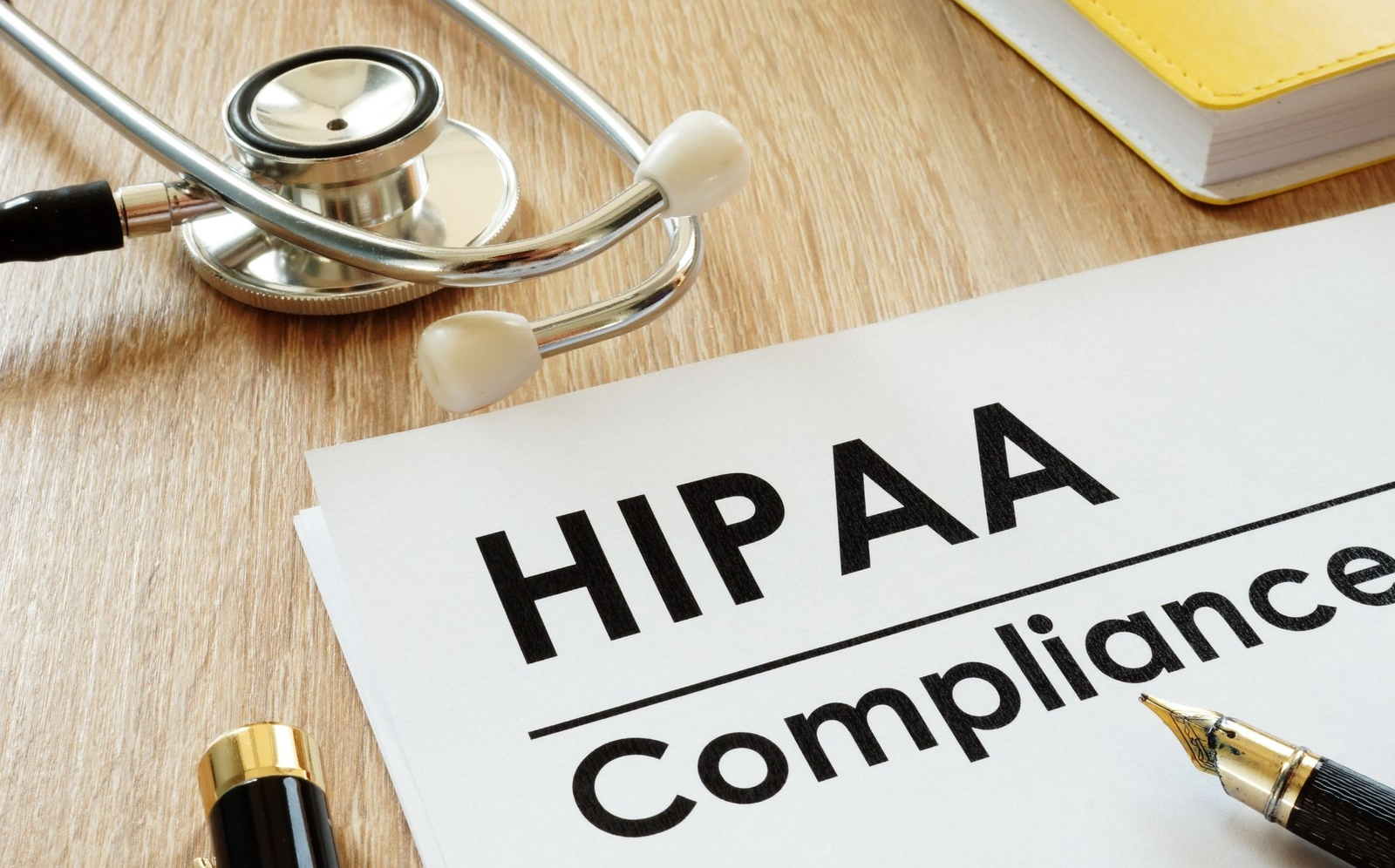To make sure you’re on the right track, review our HIPAA compliance checklist in this post.
Table of Contents
What Is HIPAA?
The Health Insurance Portability and Accountability Act is referred to as HIPAA (HIPAA.) These federal rules regulate how patient healthcare information is kept on file.
How to utilise and disclose protected health information is also summarised by HIPAA (PHI.) The Act also modernises the transfer of this data and safeguards it against theft and fraud.
What Does ‘Protected Health Information’ Mean?
Information that can be used to identify a patient or client individually is known as protected health information (PHI). Names and addresses are two instances of this data.
Patient social security numbers and phone numbers are protected by PHI. Credit card details and facial images may also be included.
READ MORE: 5 Best Apple Apps for Self-Care and Healthy Well-Being
HIPAA regulations apply to any electronic PHI that is communicated, viewed, or accessed. This digital data is known as ePHI, or electronically protected health information.
Who Does HIPAA Apply To?
There are two types of organisations affected by HIPAA. These companies are referred to as covered entities or business associates. The following list of organisation types is provided:
Business Associates
HIPAA business partners are not allowed to see patients. Business partners instead produce, acquire, or transmit patient ePHI.
Business partners can include certified public accountants or reputable shredding businesses. Business associates also include medical billing businesses.
Covered Entities
Organizations that generate, gather, or send ePHI records are referred to as covered entities. The companies that deal with patients in a direct manner are known as covered entities. Professionals in medicine like therapists and doctors are examples of covered entities.
Businesses that transfer patient health information in any format are subject to HIPAA regulations. Referrals based on this information might be given to further healthcare professionals. Additionally, insurance companies receive regular payments from it.
Subdivisions of HIPAA
These laws that safeguard patient health data were created by HHS. The following subdivisions are found in HIPAA:
HIPAA’s Privacy Rule
The right of patients to examine their ePHI is outlined in the Privacy Rule. Any healthcare provider’s right to view a patient’s ePHI as well as their right to deny access to it at all are likewise covered by this regulation. The Privacy Requirement also specifies the release forms that businesses must employ in order to abide with the rule.
HIPAA’s Security Rule
The guidelines for handling and sending patient ePHI are set forth in the Security Rule. All administrative, technical, and physical safeguards for patient ePHI are included in this HIPAA Security Rule.
HIPAA’s Breach Notification Rule
When a data breach results in the exposure of a patient’s details, the Breach Notification Rule sets the national standard to follow. Regardless of their size, HIPAA compels firms to notify any data breaches. The type of breach will determine the specific reporting methods.
HIPAA Compliance Checklist
Is your business at risk of paying a fine for a HIPAA violation? If you’re unsure, you must take action immediately.
To protect your client’s ePHI in the technical, administrative, and physical components of your business, use our handy HIPAA compliance checklist. As your compliance programme takes off, feel free to add more security.
1. Manage Physical Protections
Physical safeguards can include everything from locking up machinery to securing the actual offices where ePHI is processed or stored. These measures can aid in defending sensitive documents against both physical and natural dangers.
Ensure that the gadgets deployed in your office’s IT infrastructure only allow authorised individuals to access ePHI.
Malware protection needs to be frequently uploaded and updated for both this equipment and your servers.
Only ePHI that complies with your security requirements should be created, stored, or updated by your staff on that device.
Your office’s computer monitors should be placed so that nobody who isn’t allowed can see them.
Before leaving the workplace for the day, tell your colleagues to log off, lock, or safeguard their work computers. When they leave their computer unattended, they should secure it as well.
Make sure no ePHI is saved on your team’s mobile devices (smartphones, laptops, or tablets). Inform them not to keep ePHI on removable storage devices like USB drives or DVDs.
READ MORE: The Importance of cybersecurity risk assessments
2. Develop Administrative Protections
Administrative safeguards take into account how employees who have access to ePHI behave. You cannot follow every move made by your team. However, by carefully coding your information systems, you can incorporate administrative protections that assist you in keeping an eye on how they are managing ePHI.
Keeping a record of activities taken by privileged users that have been saved is one of these safeguards. Request that your administrative team examine these logs and let you know if any changes were made by one of the users. Keep these documents for at least six months.
In order to record any security-related events, you can also keep a log. These occurrences might involve changes to access rights, connection errors, or system breakdowns. Maintain these logs for a minimum of six months.
3. Implement Technical Protections
Technical safeguards can aid in securing and regulating information access. These protections can include data encryption and web hosting techniques.
Depending on the purpose at hand, such as web hosting or data storage, you could employ several servers. Use a business web hosting service that can provide you with the resources you require. By keeping access information and other permissions separate and supporting patient privacy, these technologies will be beneficial.
Ensure that the database tables containing your patient billing and personal information are secured. Any files that your patients have uploaded and that you have should likewise be encrypted.
Create unique encryption keys and other permissions for each server. Sessions for telemedicine should be transmitted over decoded streams as well. To stop cyber risks and other types of data theft, schedule routine security audits.


